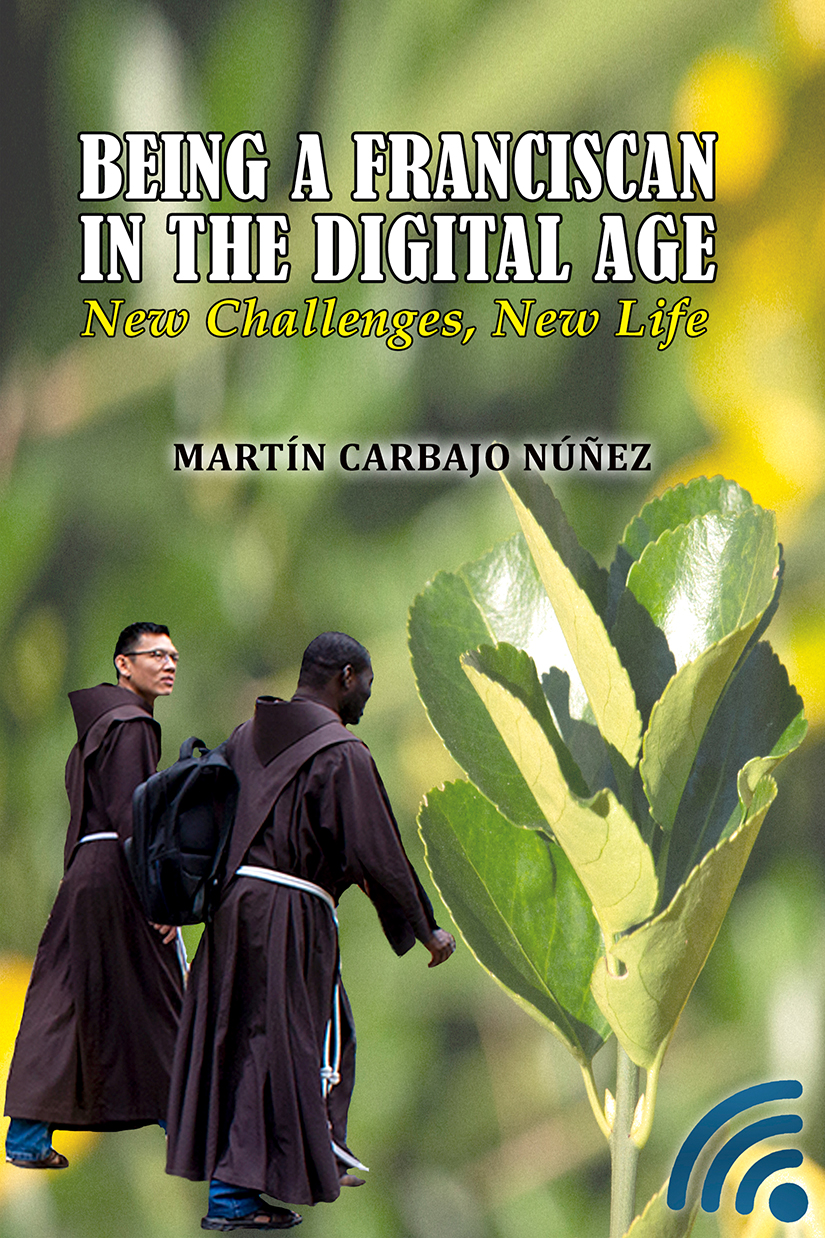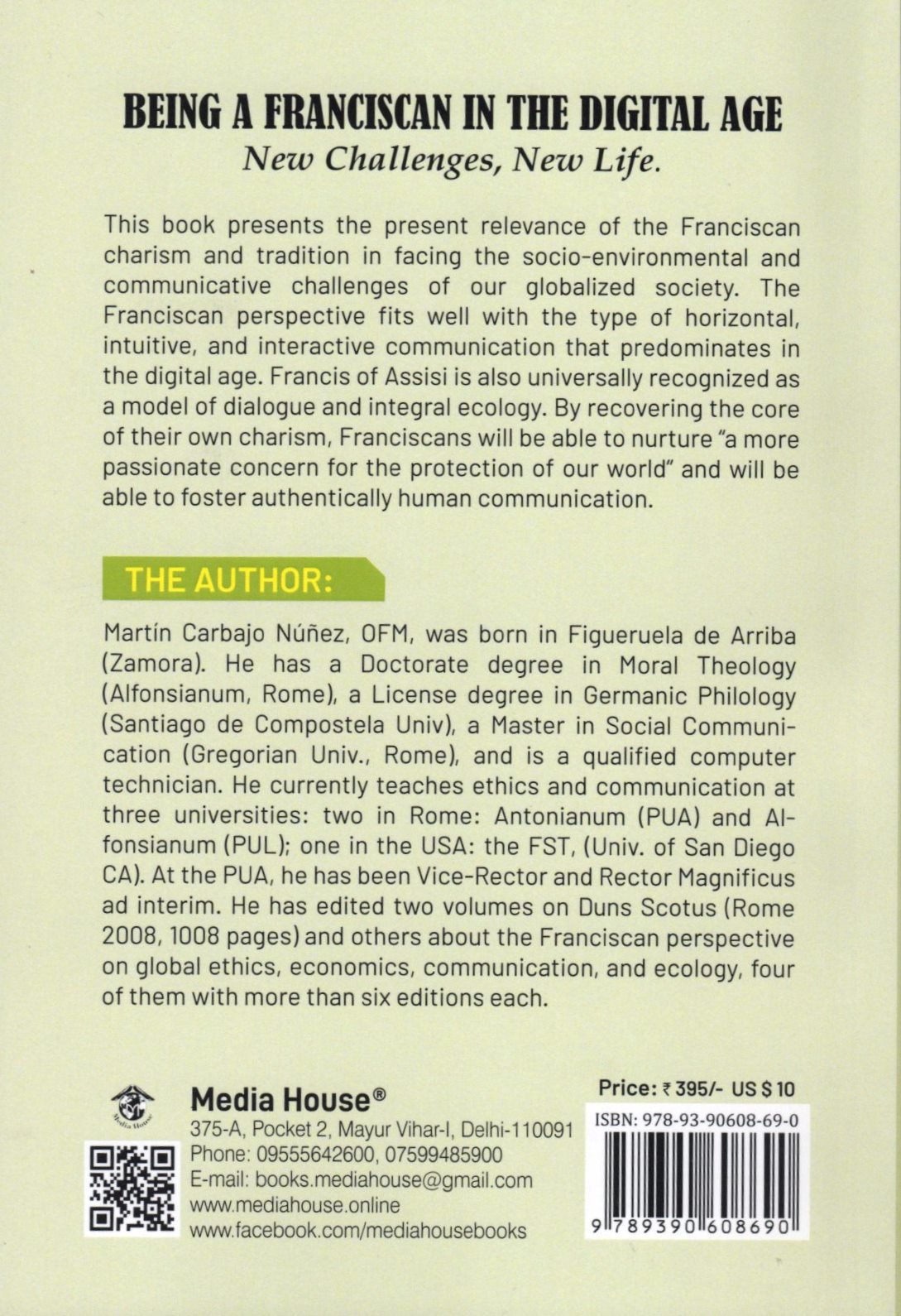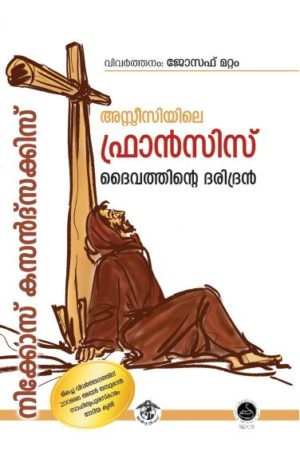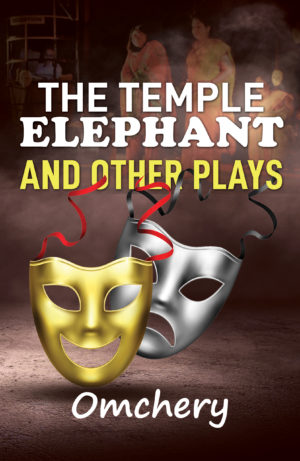Description
Contents-Being a Franciscan in the Digital Age : New Challenges, New Life
Contents
Abbreviations
Introduction
I. A glorious history of service and self-giving
1. Revitalizing consecrated life today
1.1. REDUCED TO JUST KEEPING AND ADMINISTERING
1.1.1. The danger of a certain immobility
1.1.2. The crowding-out effect
1.2. “BE TRANSFORMED BY THE RENEWAL OF YOUR MIND”
1.2.1. To renew ourselves by theological virtues
1.2.2. Open to novelty and change
1.2.3. “Let’s start, brothers”
1.3. THE IMPORTANCE OF LEADERSHIP
1.3.1. The crowding-out effect: from the “why” to the “what”
1.3.2. Characteristics of these three leaderships
1.3.3. In the light of the Spirit and according to God
1.4. THE NEED TO FOSTER FRATERNAL LIFE
1.5. SUMMARIZING
2. St. Francis, mystic and pilgrim: An inspiring model for today
2.1. MYSTICISM AND SPIRITUALITY IN THE ECOLOGICAL FIELD
2.1.1 An inner motivation that encourages and gives meaning
2.1.2. A Holistic, integrated vision
2.2. FRANCIS OF ASSISI, MYSTIC AND PILGRIM
2.2.1. Rising up to God
2.2.2. Pilgrim and stranger
2.2.3. Inspirer of a kinship ecology
2.3. THEOLOGICAL VISION OF CREATION
2.3.2. Amazement and contemplation
2.3.3. One in Christ
2.4. SUMMARIZING
3. From St. Francis to Pope Francis: an evangelizing lifestyle
3.1. LIFESTYLES: THE PILGRIM
3.1.1. Spiritual life as pilgrimage
3.1.2. Moving towards the goal
3.2. THE TOURIST
3.2.1. Away from himself
3.2.2. Away from others
3.2.3. Away from God
3.2.4. Away from nature: indolent consumerism
3.3. THE EVANGELIZER IS A PILGRIM
3.3.1. Witnesses who announce what they have experienced
3.3.2. A joyful and ever new announcement
3.4. HUMBLE CONTEMPLATIVE WHO LISTENS AND ACCOMPANIES
3.5. AFFECTIONATELY UNITED TO ALL
3.5.1. Evangelization as “real and sincere closeness.”
3.5.2. In profound harmony with the People of God
3.6. SUMMARIZING
4. Franciscan contribution to economics, science, and society
4.1. THE PROCESS OF RATIONALIZATION
4.1.1. Max Weber’s thesis
4.1.2. Separation between “heavenly” and “earthly” realms
4.1.3. From the vision of faith to consumerism
4.1.4. The debate on Weber’s thesis
4.1.5. Material progress, competitiveness, and secularization
4.2. THE FRANCISCAN CONTRIBUTION TO THE PROCESS OF
RATIONALIZATION
4.2.1. A holistic science, always linked to theology and morality
4.2.2. Contribution to modern economy
a) Mounts of Piety, microcredit, and civil economy
b) Double entry accounting
4.2.3. The beginnings of modern experimental science
4.2.4. Bases of modern epistemology
4.2.5. Subjective Rights and Constitutionalism
4.2.6. Political management of the market on rational basis
4.2.7. Setting the method of modern ethnographic studies
4.3. SUMMARIZING
5. Current relevance of the Franciscan perspective
5.1. FRANCIS OF ASSISI, A UNIVERSAL MODEL OF REFERENCE
5.1.1. Some testimonies about Francis’ importance today
5.1.2. An inspiration for the ecological movement
5.2. ECCLESIASTICAL MAGISTERIUM AND FRANCISCANISM
5.2.1. Paul VI: Duns Scotus as a model of dialogue
5.2.2. John Paul II: Dialogue in the “Spirit of Assisi”
5.2.3. Benedict XVI and the Franciscan intellectual tradition
a) Caritas in Veritate, a Franciscan encyclical
b) The primacy of the loving will
5.2.4. Pope Francis
a) A real and sincere closeness
b) Sister creatures
5.3. THE PATH OF BEAUTY
5.4. FRANCISCAN VALUES WHICH ARE PARTICULARLY RELEVANT
TODAY
5.4.1. Freedom and gratuitousness
5.4.2. Fraternity and individuality
a) Fraternity vs solidarity
b) Individuality versus individualism
5.5. SUMMARIZING
II. A great history still to be accomplished!
6. Hearing the cry of the earth and the cry of the poor
6.1. “THIS POOR ONE CRIED OUT AND THE LORD HEARD”
6.1.1. “Blessed are those who hear the word”
6.1.2. Openness to God makes listening possible
6.2. WE ARE HEARERS OF THE WORD
6.2.1. Listening to God who speaks to us in our conscience
6.2.2. Listening to oneself
6.3. LISTENING TO OTHERS
6.3.1. Listening is more than hearing
6.3.2. Listening is interactive
6.3.3. The poor need to be heard
6.4. THE CRY OF THE EARTH
6.5. LISTENING IN FRANCISCAN PERSPECTIVE
6.5.1. Francis, hearer of the Word
6.5.2. Francis listens to his own being and opens himself to
otherness
6.5.3. Let them listen to and obey one another
a) Poor and minors to be brothers
b) Listening and affectionate closeness as privileged means of
evangelization
6.5.4. Listening and prayerful contemplation of nature
6.6. SUMMARIZING
7. Seeing and contemplating the faces of God
7.1. A SPIRITUALITY OF EVERYDAY LIFE
7.1.1. A mysticism of open eyes
7.1.2. Holiness is linked to relationships
7.2. THE FACES OF GOD
7.2.1. The beautiful face of Christ crucified
7.2.2. Saints with a joyful face
7.2.3. Contemplating Christ in the faces of the poor and the
suffering
7.2.4. The face of creation
7.3. CONTEMPLATING THE FACES OF GOD IN THE DIGITAL CULTURE
7.3.1. The difficulty of going forth and serving
7.3.2. The need to assume one’s own identity
7.3.3. The faces in the digital fraternity
7.3.4. People talk about nature without looking at its face
7.4. SUMMARIZING
8. Discerning in our hyper-accelerated society
8.1. DISCERNMENT
8.1.1. Necessity and purpose of discernment
8.1.2. Francis of Assisi practiced it constantly
8.1.3. Elements of discernment
8.1.4. Renewing the mind and growing in mercy
8.2. DIGITAL CULTURE AND DISCERNMENT
8.2.1. Relationships conditioned by technology
8.2.2. Discernment in the Digital Age
8.2.3. Learning from the past to live in truth
8.3. SUMMARIZING
9. Dialogue in the “Spirit of Assisi”
9.1. A SECULAR AGE
9.1.1. Immanent humanism: “etsi Deus non daretur”
9.1.2. Scientism
9.2. PROPOSALS TO ENSURE PEACE
9.2.1. The necessary collaboration at all levels
9.2.2. Global Ethics
9.2.3. Interreligious dialogue
9.3. RELIGIONS AND PEACE FROM A CATHOLIC PERSPECTIVE
9.3.1. Dialogue as a priority
9.3.2. Religion wars, an expression of immaturity
9.3.3. Nostra Aetate: interreligious and intercultural dialogue
9.3.4. The Seeds of the Word (Semina Verbi)
9.4. THE SPIRIT OF ASSISI
9.5. THE NECESSARY CHANGE OF MENTALITY IN THE SPIRIT OF ASSISI
9.6. SUMMARIZING
10. Economic sustainability of the Franciscan family
10.1. THE DIFFICULT RELATIONSHIP BETWEEN RELIGION AND MONEY
10.2. A CHANGING ECONOMIC SITUATION
10.2.1. Less young friars working as employees
10.2.2. Growing dependence on rents and investments
10.2.3. Sharing with the poor and donations received
10.3. SUSTAINABILITY IN THE LIGHT OF FRANCIS OF ASSISI
10.3.1. Working humbly
10.3.2. In the logic of gift
10.3.3. Giving back instead of accumulating
10.4. A FRANCISCAN ECONOMY TODAY
10.4.1. Labor as the main source of income and livelihood
10.4.2. A sober lifestyle in the logic of gift
10.4.3 Promoting an ecocentric economy
10.4.4. Restitution and sharing
10.4.5. At the service of integral ecology
General conclusion
Bibliography
Name Index
Subject Index
About the Book
“Being a Franciscan in the Digital Age.
New Challenges, New Life.”
This book presents the present relevance of the Franciscan
charism and tradition in facing the socio-environmental and
communicative challenges of our globalized society. The Franciscan
perspective fits well with the type of horizontal, intuitive,
and interactive communication that predominates in the
digital age. Francis of Assisi is also universally recognized as a
model of dialogue and integral ecology. By recovering the core
of their own charism, Franciscans will be able to nurture “a
more passionate concern for the protection of our world” and
will be able to foster authentically human communication.
About the Author
Martín Carbajo Núñez, OFM, was born in Figueruela de Arriba
(Zamora). He has a Doctorate degree in Moral Theology
(Alfonsianum, Rome), a License degree in Germanic Philology
(Santiago de Compostela Univ), a Master in Social Communication
(Gregorian Univ., Rome), and is a qualified computer
technician. He currently teaches ethics and communication at
three universities: two in Rome: Antonianum (PUA) and Alfonsianum
(PUL); one in the USA: the FST, affiliated with the
Univ. of San Diego (California). At the PUA, he has been for
three years Vice-Rector and Rector Magnificus ad interim. One
of his books on ecology (“Sister Mother Earth. Franciscan
Roots of the Laudato si’”) has already nine editions in various
languages.





Reviews
There are no reviews yet.